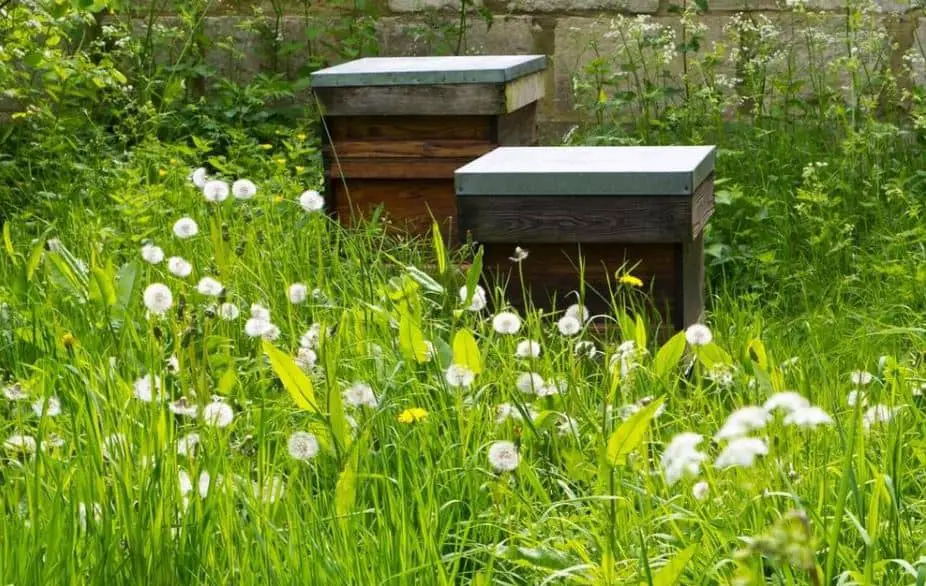Our honeybee colonies have been wiped out by illness and colony collapse. These significant pollinators and others need human assistance to keep their populations in good shape. This idea gave rise to No Mow May.
Plantlife, a group that promotes a healthy environment, launched the No Mow May initiative in the United Kingdom. The idea is straightforward: avoid cutting your lawn in May to promote certain plants that are vital food sources for pollinators. How effective is No Mow May, and what are the results?
No Mow May is open to gardeners of all levels of commitment. It’s quite pro-active. Certain lawn weeds allowed to blossom can attract and feed helpful insects. So the flowers can survive and blossom rather than being mowed down with the mower. Dandelion plants are a vital source of food for bees and other insects.
Of course, the technique has advantages and disadvantages that should be carefully considered before being adopted.

Is No Mow May Effective?
The advantages of No Mow May have been quantified. According to research conducted in a Wisconsin municipality, not mowing during May increased pollinator activity by ten times. Not only bees but also flies, beetles, and wasps — essentially all plant pollinators – increased.
Combined with other appealing pollination activities, the practice takes off. These might include constructing bug homes or beehives. Bees and other insects will be attracted by planting flowers around the yard in various hues. According to figures gathered there, the number of bees and the variety of bee species in Wisconsin houses that took part in the month-long event were five times higher than the number of mowed lawns. So, although the procedure is effective, there may be some drawbacks.
Why No Mow May?
In life, most things have several perspectives. The No Mow May case has both pros and drawbacks. Allowing weeds to grow in the yard may be an eyesore to some people. June’s tall, tangled grass will be challenging for standard mowers. If weed species are let to blossom, they will also produce seeds. A plant like the dandelion’s umbrella-shaped seeds will disperse widely, boosting the population of this difficult-to-kill pest.
The procedure could cost additional money. Getting rid of those lawn weeds will take work and often expensive remedies. Unmaintained yards are subject to fines in several municipalities and localities. This will increase No Mow May’s expenses.
Alternatives to May Not Mow
There are other ways to promote bug populations to avoid exorbitant expenses and the hassle of putting the grass back in shape. According to studies, certain weed species may still blossom when mowed every two weeks rather than every week. This is a more manageable time and may protect you from penalties. Mow higher to prevent cutting off blossoms. A lawn that is 3.5 inches (9 cm) tall is healthier overall.
Around the garden, grow flowery plants. Choose plants with blooms in various shapes and brilliant, beautiful hues. Every pollinator has a particular bloom form, making getting to the nectar easier. Install a hummingbird feeder and water insects and birds in the garden. Pollinators that are particularly adaptable and active include hummingbirds.
You can do many things to make your garden more hospitable to pollinators, regardless of whether you want to commit to No Mow May fully or are searching for alternative ways to contribute.


